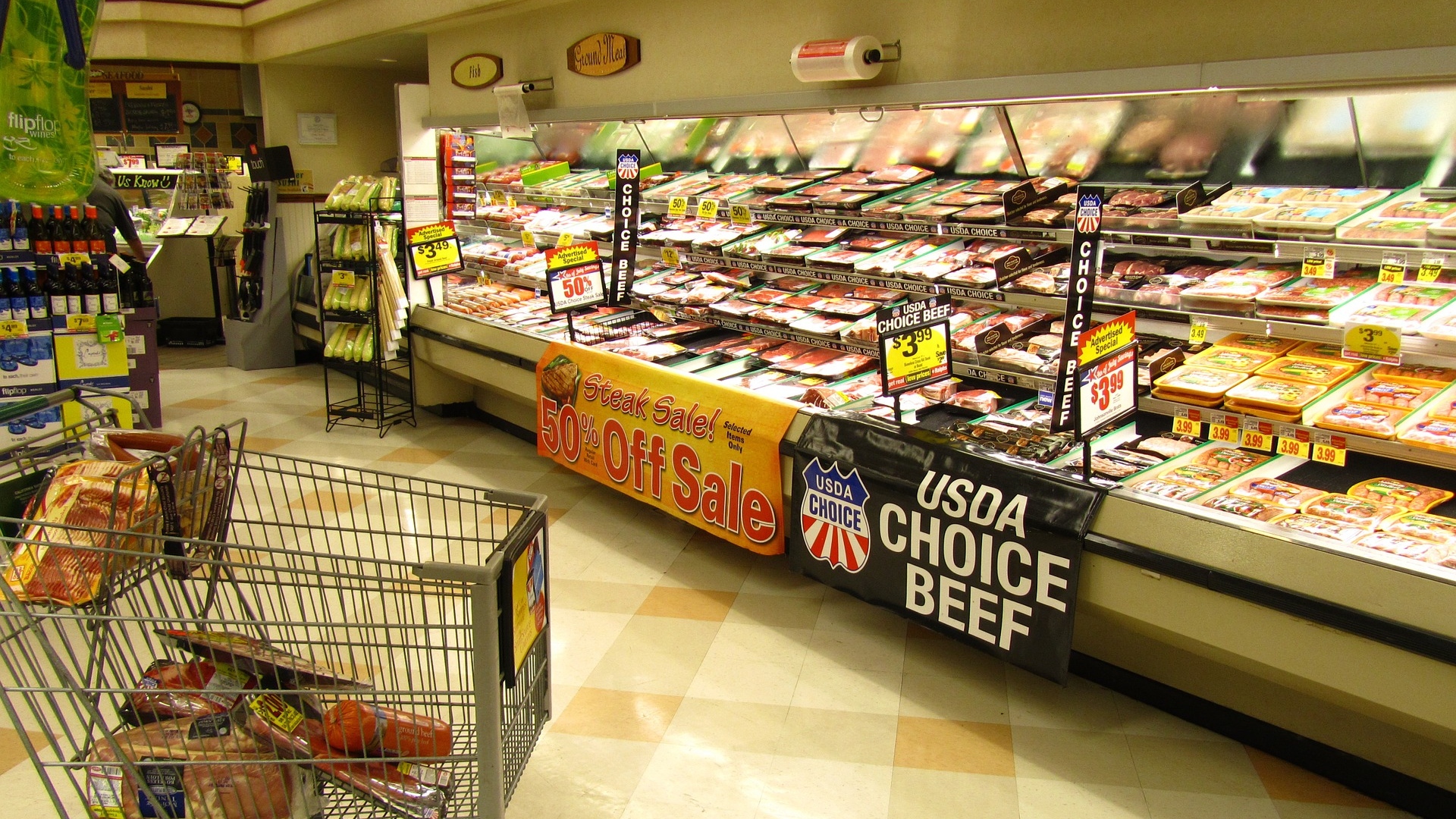COVID19: An Update on Chicken, Meat, and Paper Products

Since I last wrote about the subject of shortages of grocery items on WRAL and on our video blogs, there has been considerably more concern about what is happening to the food supply chains. I spent some time discussing this today with Joe Fisher from WRAL, and also spoke to a few of my colleagues in the retail food industry, as well as my colleague Ronalds Gonzalez in the Department of Forest Biomaterials.
The most important takeaway is that we are not having a shortage of food or paper products! There has been some media focus getting people wound up about scarcity, and of course, visits to the grocery store where one sees empty shelves will perpetuate that perception. But here are a few facts to consider.
Meat Products
All proteins and meats (chicken, pork, beef) go into two channels: food service or retail. This is typically divided about 50/50. Some food service is still doing drive-through and carry-out, but this has diminished overall volume, such that the split is now about 60% retail and 40% food service, as retail demand has gone up significantly. However, there is not an immediate ability to switch products from one channel to another for all food. There has also been some news about plant shutdowns, such as Smithfield, due to workers contracting the virus, and reduction of production due to the proximity of workers. This has led to statements such as the following: “The closure of this facility, combined with a growing list of other protein plants that have shuttered across our industry, is pushing our country perilously close to the edge in terms of our meat supply,” Smithfield president and CEO Kenneth Sullivan said in a statement. “It is impossible to keep our grocery stores stocked if our plants are not running. These facility closures will also have severe, perhaps disastrous, repercussions for many in the supply chain, first and foremost our nation’s livestock farmers.”
My sources state that this is not the case, as these plants are temporarily closed down. There is also a significant amount of meat stored in cold storage and distribution centers, and the empty shelves at stores is likely due to panic buying and inability to restock at a rate that can keep up with demand by grocery store workers. The critical issue is workers at the meat processing plant. What the outcome will be that there may well be shortages of certain cuts of meat, as not all of the labor-intensive cuts may be able to be provided. However, the overall volume of proteins will not be cut off, as there are plenty of hogs, chickens, and cattle that can be processed.
There are also issues with farmers dumping mile – here again, the issue is that farmers sales into food service is down, and the other channels cannot absorb the excess mile. For example, some of the processing plants cannot handle the volume of milk products like cheese, and there is no way to construct new processing plants or cheese plants over night.
Paper Products
As far as paper products are concerned, Professor Ronalds Gonzalez pointed out the following:
- More than 99% of tissue products are manufactured in the US
- The production is located in remote areas with low population density
- The fiber is produced mostly in the US with exception of eucalyptus which is produced in Brazil, and the import of Eucalytus from Brazil is “business as usual”. Also, the recycled fiber is collected in the US.
- The production and supply chain of hygiene tissue paper is very strong with very to low risk to be disrupted
- Why are there few inventories in the store? People are buying more than they need. The days of inventories in tissue companies are usually 8-14 days to minimized working capital and to cover all the different SKUs.
- Once we get to “normal”, people will have inventory in their house for 2-3 months and then producers will have to curtail production.
- Tissue producers can not ramp up production because there is no need, the market in normal conditions is very competitive and saturated.
- There are two big segments, consumer tissue (found in groceries) and professional hygiene (found in offices). People are staying home then there is a slight increase demand in the consumer tissue segment and a reduction in professional hygiene segments. The latter are positioning production now in consumer tissue.
- ALL tissue manufacturing facilities in the U.S. are fully operational (at full capacity)


